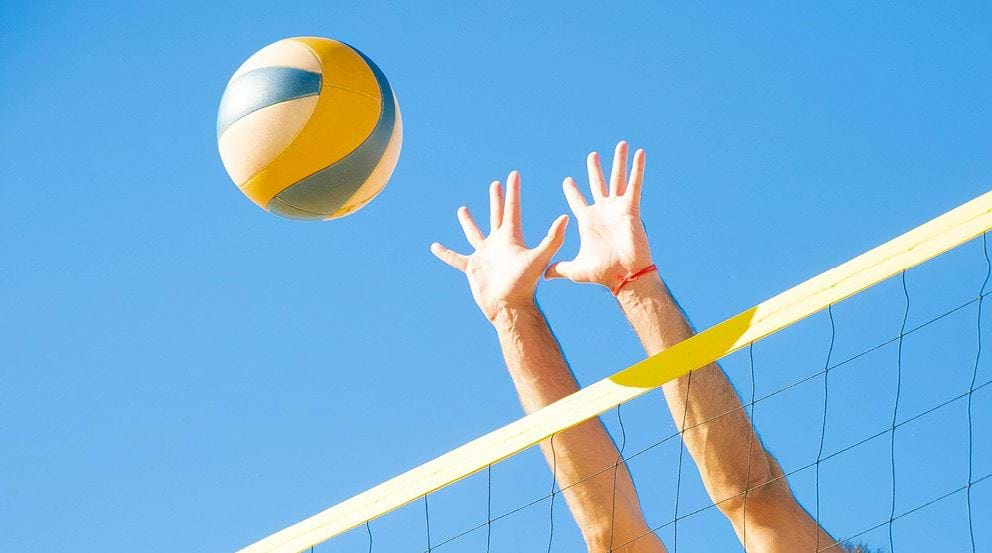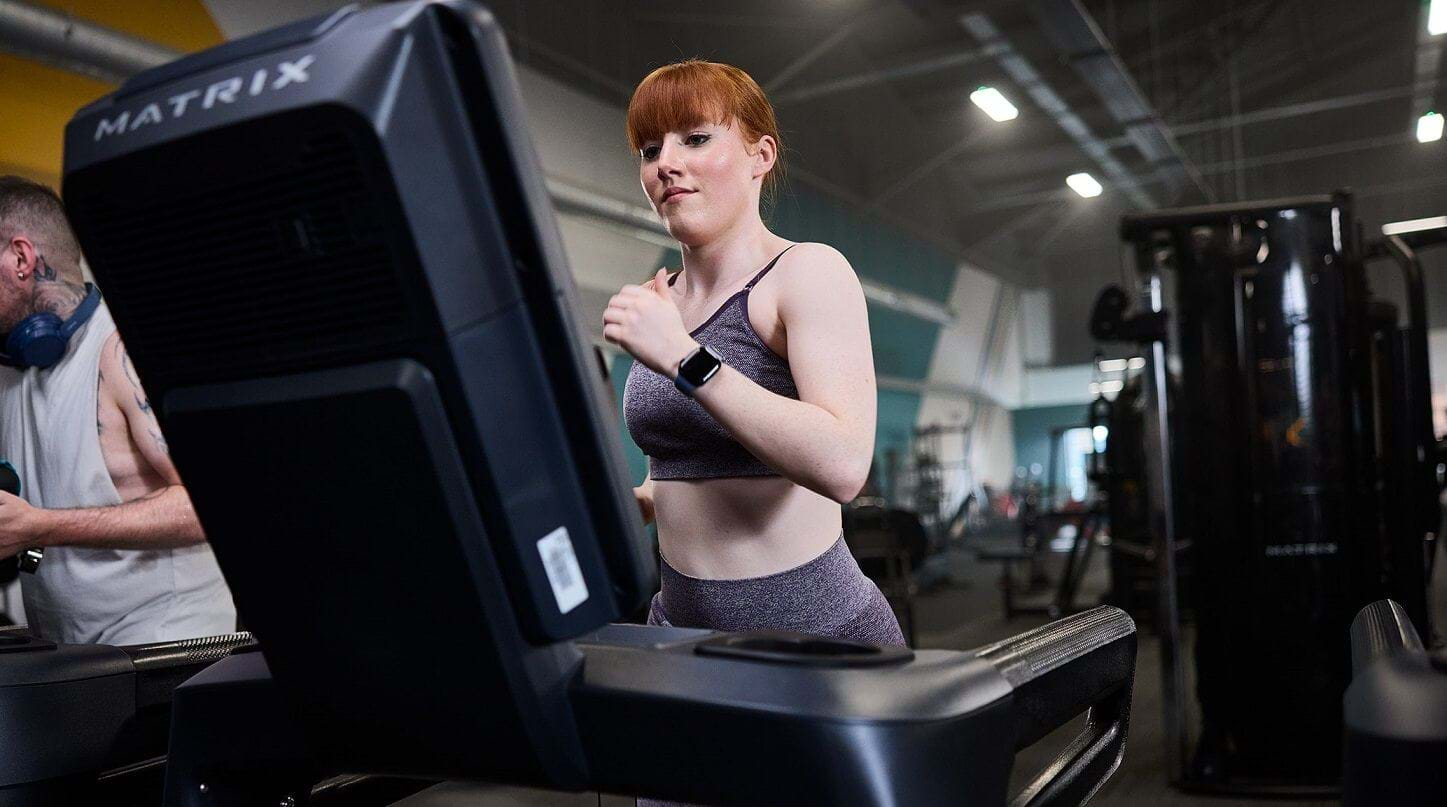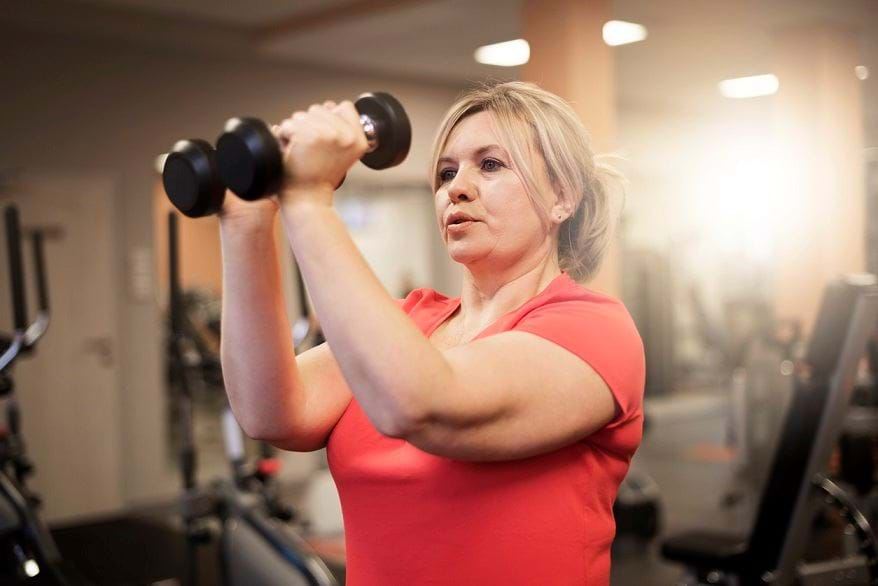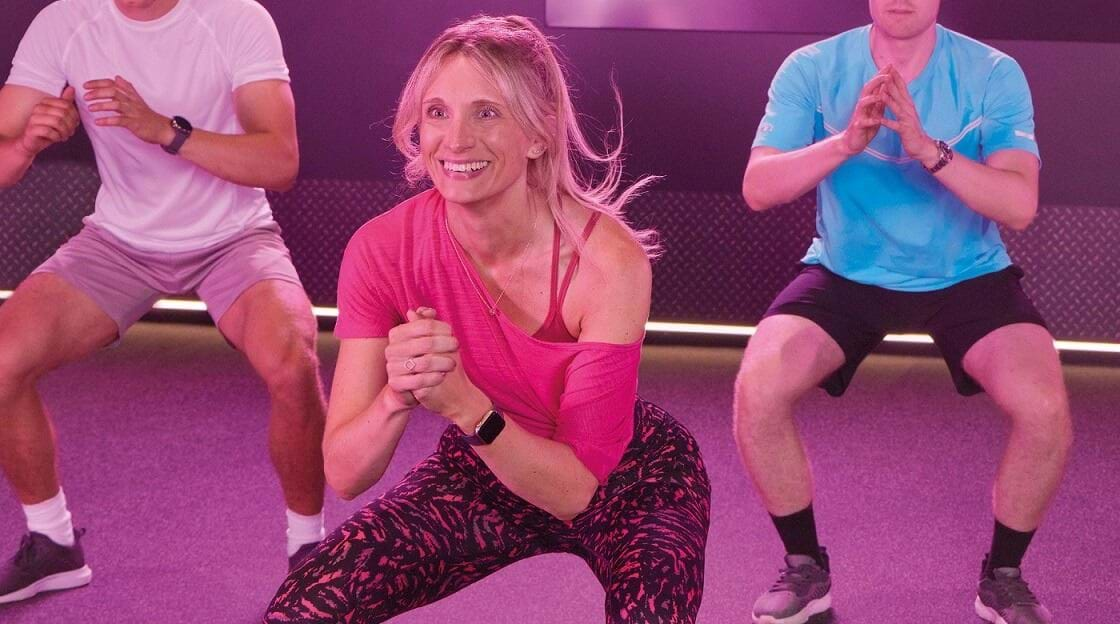Gym Workouts For Volleyball Players

Do Volleyball Players Need Gym Workouts | Types Of Training | Exercises | Workout Plans
Whether you play football, tennis, or another sport, it takes more than just regular practice to be great at it. Developing athletic skill takes dedicated training, both on the field and in the gym.
In this article, we look at the best gym workouts for volleyball players to build strength, agility, and power for better volleyball performance.
Do Players Need A Volleyball Workout Plan?
If you want to improve your overall fitness and sport specific performance while reducing the risk of injury, then yes -- you should be following some kind of volleyball gym workout plan.
The best workouts for volleyball will help with:
Increased speed and agility. Volleyball players need to be quick on their feet and able to pivot and take off in a different direction instantly.
Improved cardiovascular endurance. Volleyball requires good cardio fitness, with players expected to keep up a fast pace for prolonged periods of time.
More powerful, explosive movements. Volleyball players have to jump, hit, and move quickly and with power to keep up with the game.
What Your Volleyball Workout Programme Should Include
While the average person’s gym routine consists of mostly strength training or cardio, the best workouts for volleyball players will include elements that train all the above.
Strength training
Strength training builds overall strength, power, and muscular endurance, translating to better hits and throws on the beach or court. Strength training also builds more stable and resilient joints and can improve bone density, protecting against impact injuries.
Upper body. Building upper body strength will help players when passing, catching, and serving the ball.
Lower body. Having good lower body strength helps with running around the court, and can even help with catching and hitting the ball.
Core. Core strength and stability helps players to stay upright, twist, and catch.
Plyometrics and agility drills
Plyometric exercises are great for building explosive power and developing fast twitch muscle fibres, which help with speed. They also can help improve cardio fitness, especially when it comes to stopping and starting during a game.
Including sport-specific agility drills helps to improve speed and agility, particularly when it comes to quickly turning and taking off.
Cardiovascular conditioning
Cardio is crucial for building both aerobic and anaerobic fitness so that you can stay at the top of your game for long periods, while still being able to produce short bursts of speed and power.
Mobility
Mobility and flexibility are an important part of minimising injury risk as it allows you to increase your reach and depth of motion without overstretching the muscles and ligaments.
The Best Volleyball Workout Exercises
Looking to create your own volleyball player gym workout? Here are some of the best exercises to include.
Strength exercises
Choose compound exercises that build full body strength and coordination and translate to the movements you'll do in volleyball.
Overhead press - builds shoulder, chest, and arm strength and stability, helping with catching and throwing power
Push ups - strengthens chest, arms, and rotator cuff, increasing throwing power and helping to protect the shoulders from injury
Pull ups - trains the lats, shoulders, arms, and core. They increase overall shoulder stability and protect against injuries
Skull crushers - improves overhead strength, stability, and mobility and helps with overhead movements
Deadlifts - builds forearm and grip strength as well as strength in the glutes, hamstrings, and lower back and can help with vertical jumping power
Squats - strengthens quads, hamstrings, glutes, calves, and core and can build speed, vertical jump power, and help with catching and passing the ball
Lunges - builds lower body strength while working stability, balance, and coordination, helping to protect against injuries and falls while improving power and strength
Squat to overhead press - builds full body strength and coordination and teaches how to transfer power from lower to upper body
Paloff press - builds core stability and rotational strength and power
Russian twists - builds rotational strength
Leg raises - strengths the core and hip flexors
Plyometric and agility exercises
Plyometric exercises train speed and explosive power, helping you to run and jump with ease during a game.
Box jumps - improves power, speed, and vertical jump height
Tuck jumps - builds power and speed while strengthening the hip flexors
Overhead kettlebell swings - builds lower body strength and power, transference of power from lower to upper body, and shoulder strength and stability
Wall balls - builds full body strength, coordination, and explosive power
Dumbbell snatch - strengthens jumps while building power and explosiveness
Ladder drills - improves footwork, coordination, agility, and speed
Shuffle drills - builds coordination, balance, and agility
Cardio exercises
Incorporate a mix of HIIT and steady state cardio to improve overall endurance and ability to product short bursts of speed and power.
Sprint intervals - builds speed and anaerobic endurance
Shuttle runs - builds speed and trains quick change in direction
Skipping - improves agility, footwork, speed, and overall cardio fitness
Cross-trainer - improves cardio fitness while being low impact on the joints
Cycling - builds cardio fitness as well as quad strength and endurance
Mobility exercises
Having good mobility can protect against common volleyball injuries. Aim to include a mix of dynamic and static stretching in your programme.
Cossack squats - builds strength and mobility in side to side movement, protecting against injuries when moving quickly to the side
Calf wall stretch - improves ankle mobility, protecting against injuries like shin splints
90/90 lunge stretch - stretches the hip flexors and quads which can get very tight from running and jumping
Standing hamstring stretch - the hamstrings can also get tight from running and jumping and are a common cause of injury
Standing chest stretch - a tight chest can lead to poor posture and poor overhead mobility, affecting many volleyball movements
Good Workouts For Volleyball Players
If you don’t fancy making your own workouts, you can try some of our sample workouts below.
Plyometric Volleyball Conditioning Workout
This HIIT workout will help with cardiovascular conditioning while training explosive power and agility.
Warm up
March or jog on the spot - 30 seconds
Arm swings - 30 seconds
Leg swings - 30 seconds each side
Jumping jacks - 30 seconds
Squat jumps - 30 seconds
Plank - 30 seconds
Workout
Perform each exercise for 45 seconds with a 15 second rest. Repeat the circuit 2-3 times.
5m shuttle runs
Cool down
- 30 second static stretch for each muscle group: calves, quads, glutes, chest
Leg Workout For Volleyball Players
This lower workout combines weight training and some plyometrics to build serious strength and power.
Warm up
3-5 minutes moderate paced walking
60 seconds deep squat to forward fold
Workout
Trap bar deadlifts - 3 x 6-10 reps
Front squats - 3 x 6-10 reps
Tuck jumps - 3 x 5 reps
Single leg dumbbell glute bridges - 3 x 12-15 reps
Kettlebell swings - 3 x 10-12 reps
Cool down
- 30 seconds static stretch for each muscle: calves, quads, hamstrings, glutes
Full Body Volleyball Gym Workout
This workout includes a little bit of everything for the weeks when you only have time to train once or twice.
Warm up
5 minutes moderate cardio of choice
30 seconds deep squat to forward fold
30 seconds world's greatest stretch each side
Strength
Squat to overhead press - 3 x 8-12 reps
Superset: push up and Pallof press - 3x 10-12 reps
Pull ups - 3 x 8-12 reps
Deadlifts - 3 x 10-12 reps
Farmer's carry - 2 x 1 minute
Conditioning
Perform each exercise with 10 seconds rest in between. Repeat 1-2 times.
Lateral shuffle ladder drills - 15 seconds each direction
Box jumps - 5 reps
Overhead kettlebell swings - 10 reps
Burpees - 10 reps
5m shuttle runs - 40 seconds
Cool down
- 30 seconds static stretching per muscle group: calves, quads, hamstrings, lats, chest, glutes
Training in the gym can help you to become a better volleyball player by improving your speed, endurance, and power. However, it's important to periodise your training to avoid overdoing it. During in season, scale back the volume of your workouts and aim to maintain strength while allowing for adequate recovery. During off seasons, focus on building strength and power with more volume and intensity in the gym.
Need a gym to train out? Find your nearest PureGym here.


